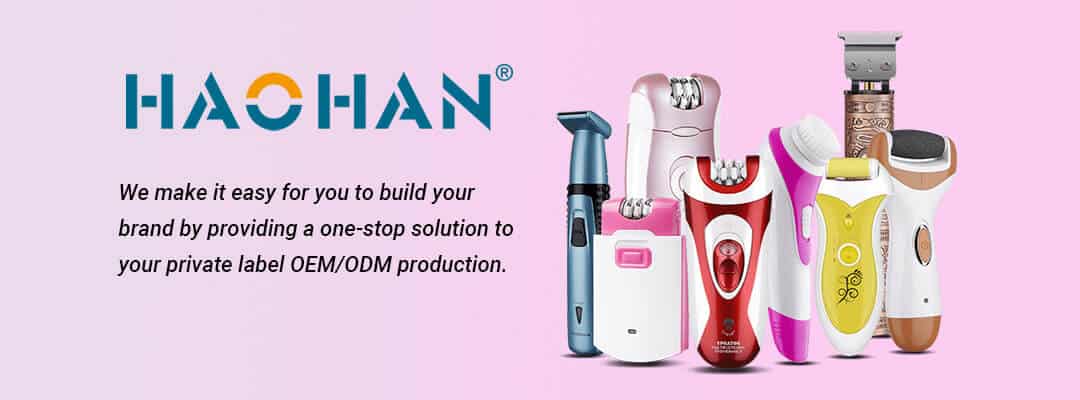In this tutorial, we will delve into the entire process of customizing electric hair clippers, from gathering client needs to the final product delivery. We’ll explore the crucial steps of communication with clients, design, production, and testing, along with providing practical tools and templates to facilitate the customization process.
Step 1: Understanding and Collecting Client Needs
The first and foremost step in any customization process is to thoroughly understand the client’s requirements. This involves conducting a detailed consultation with the client to discuss their specific needs, preferences, and any unique design considerations. Some key areas to inquire about are:
- Desired features and functionalities of the hair clipper.
- Preferred materials, colors, and finishes.
- Budget considerations and constraints.
- Timeline for delivery.
Capturing these details accurately is essential for ensuring that the final product meets the client’s expectations.
Step 2: Designing the Customized Hair Clipper
Once the client’s needs are clearly defined, the design phase begins. This involves creating a conceptual design that incorporates the desired features, aesthetics, and functionality. Utilizing CAD (Computer-Aided Design) software or similar tools can greatly assist in creating precise and detailed designs.
It’s crucial to iterate on the design with the client, providing revisions and modifications based on their feedback. This ensures that the final design is not only functional but also visually appealing and in line with the client’s preferences.
Step 3: Production and Manufacturing
Once the design is finalized, the production process begins. This involves sourcing the necessary components, materials, and equipment for the manufacturing of the hair clipper. Depending on the complexity of the design, this may involve outsourcing to specialized manufacturers or using in-house production facilities.
During the production phase, quality control measures should be implemented to ensure that each hair clipper meets the desired specifications and standards. Regular inspections and testing should be conducted to identify and correct any issues or defects.
Step 4: Testing and Evaluation
Before delivering the customized hair clipper to the client, it’s essential to conduct thorough testing and evaluation. This includes testing the functionality, performance, and safety of the product. The testing process should cover various scenarios and use cases to ensure that the hair clipper operates as intended in real-world conditions.
If any issues are identified during testing, they should be addressed promptly through design revisions or manufacturing corrections. The testing phase continues until the hair clipper performs consistently and reliably.
Step 5: Delivery and Follow-Up
Once the hair clipper has been tested and approved, it’s ready for delivery to the client. Ensuring timely and secure delivery is crucial to maintaining client satisfaction. Providing a tracking number and regular updates on the delivery status can alleviate any concerns or anxieties.
After the delivery, a follow-up with the client is essential to ensure that they are satisfied with the final product. Addressing any issues or concerns promptly and providing any necessary support or assistance can further strengthen the client relationship.
Practical Tools and Templates
To assist clients in the customization process, providing practical tools and templates can be immensely helpful. This includes:
- A detailed questionnaire or checklist to capture client needs and preferences.
- Sample designs and concepts to inspire and guide the client’s vision.
- Production timelines and delivery schedules to keep clients informed about the progress of their order.
- Post-delivery surveys or evaluations to gather client feedback and identify areas for improvement.
By providing these tools and templates, you can streamline the customization process and ensure that each client receives a personalized and satisfying experience.

